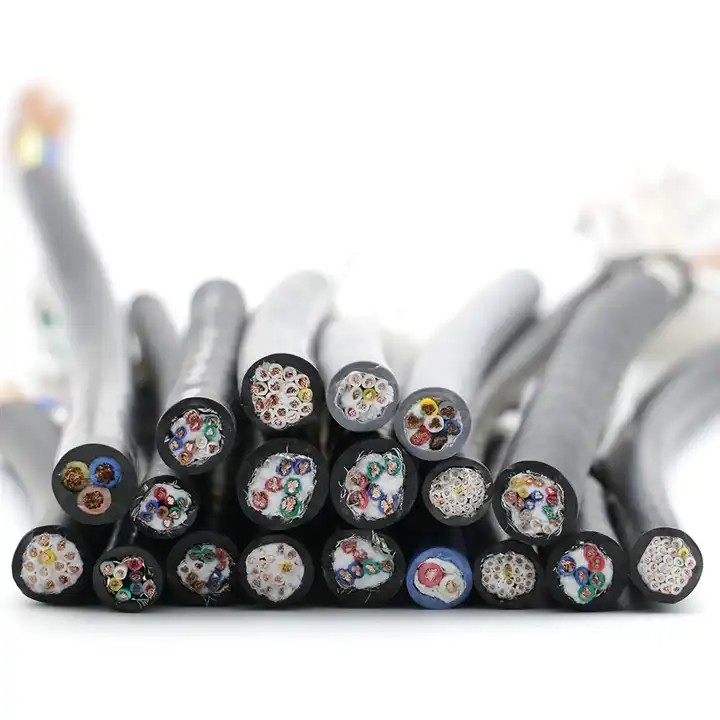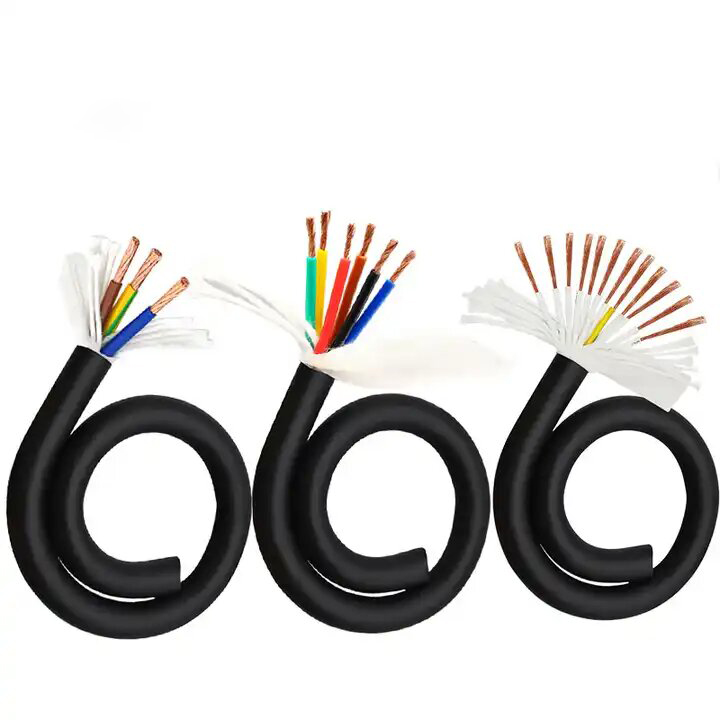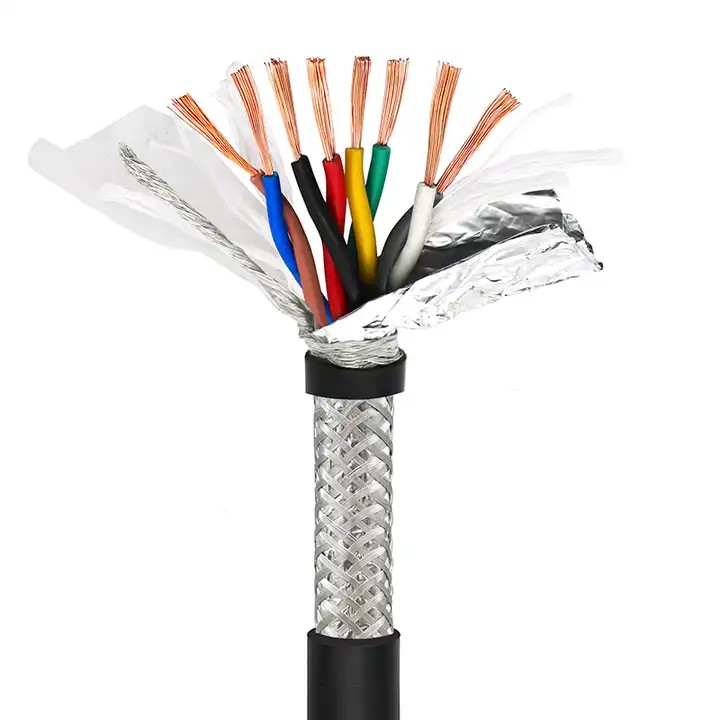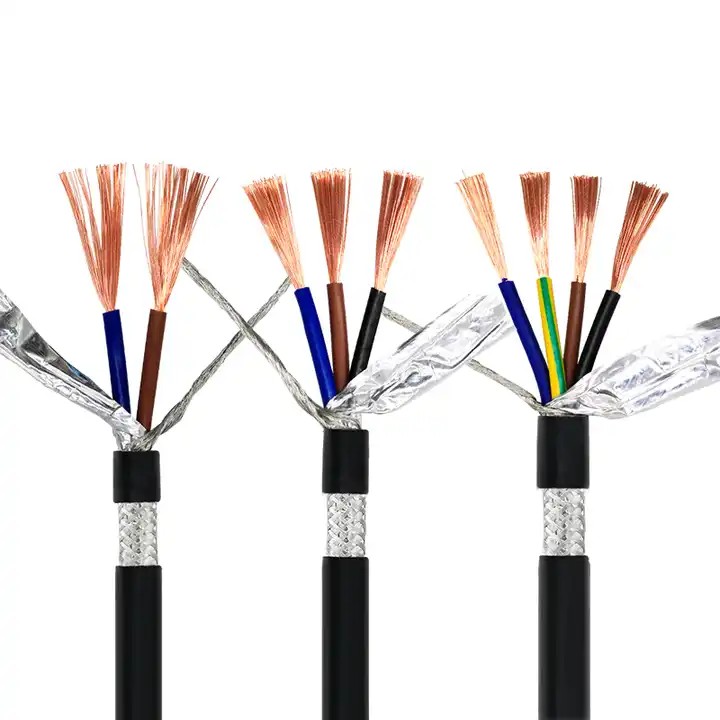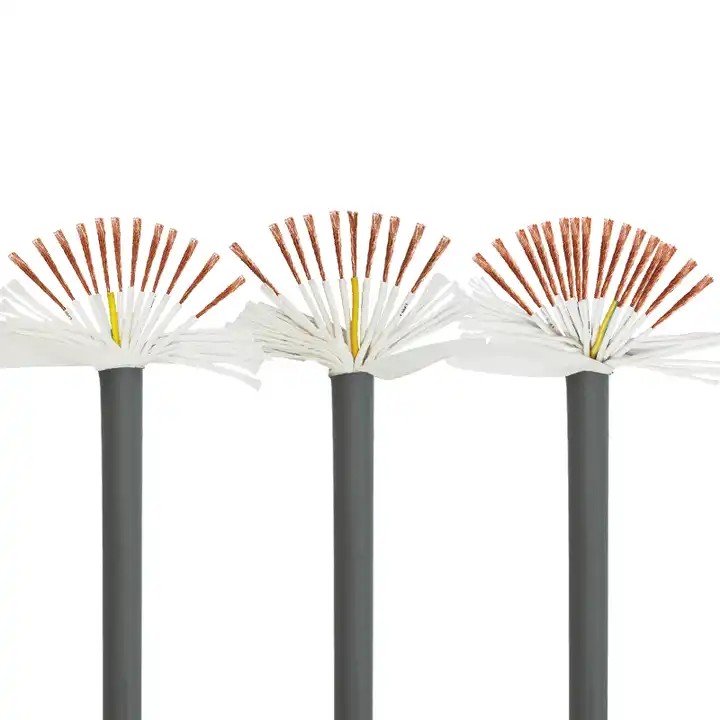What is the purpose of a shielded cable?
Published:
2024-01-16 21:59:17
Shielded cables are a vital component in numerous electrical systems. These cables possess unique characteristics that make them indispensable in various applications.
Shielded cables are a vital component in numerous electrical systems. These cables possess unique characteristics that make them indispensable in various applications. In this article, we will explore the purpose and importance of shielded cables, their design principles, and their applications in different industries. This comprehensive analysis will shed light on why shielded cables are crucial for maintaining safety, reliability, and efficiency in electrical systems.
1. Introduction to Shielded Cables
A shielded cable, also known as a screened cable, is a cable structure that incorporates one or more layers of shielding. The primary objective of using shielded cables is to protect the transmission of electrical signals or power from electromagnetic interference (EMI). Shielding helps in minimizing signal attenuation, ensuring signal integrity, and preventing data loss in sensitive applications.
2. Understanding the Importance of Shielding
The purpose of shielding in cables is to provide a conductive barrier that prevents external electromagnetic fields from affecting the transmission inside the cable. This is particularly crucial in environments with high EMI sources like power lines, motors, or radiofrequency interference. Shielding minimizes the impact of crossed electrical fields, crosstalk, and noise, ensuring reliable transmission and reducing equipment failures.
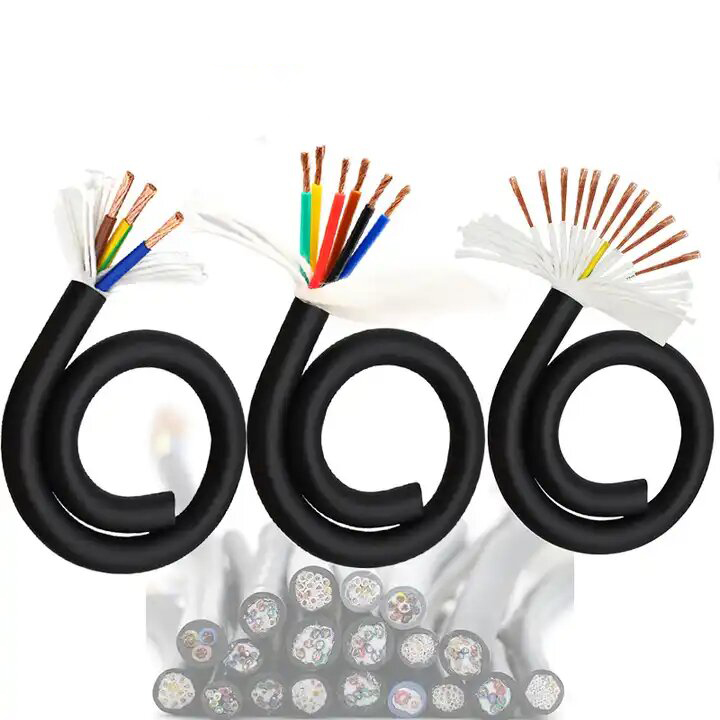
3. Types of Shielded Cables
There are several types of flexible cable shield available, each designed to meet specific requirements in different applications. Some common types include:
- Foil Shielded Cables: These cables use aluminum or copper foil as a shield to provide effective protection against EMI.
- Braided Shielded Cables: These cables use a woven mesh of thin metal strands, typically copper, for shielding.
- Serve Shielded Cables: These cables combine both foil and braided shields for enhanced protection.
- Metallic Shielded Cables: These cables have a solid metal tube or layer as shielding, offering excellent EMI protection in extreme environments.
4. Applications of Shielded Cables
Flexible cable shield find extensive usage across various industries due to their exceptional capabilities to counter EMI. Some prominent applications include:
- Industrial Automation: Shielded cables are widely used in factories and production lines to ensure reliable transmission and prevent interference from machinery and equipment.
- Data Communication: Ethernet cables often incorporate shielding to maintain signal quality and prevent disturbances caused by adjacent cables or external sources.
- Medical Equipment: Sensitive medical devices and diagnostic equipment heavily rely on shielded cables to guarantee accurate signal transmission without any interference.
- Telecommunications: Shielded cables form the backbone of communication networks, protecting critical communication signals from external disruptions.
5. Design Considerations for Shielded Cables
When designing shielded cables, various factors need to be considered for optimal performance. These include the choice of shielding material, cable geometry, and grounding techniques. Proper installation practices, such as maintaining adequate bend radius and avoiding sharp transitions, also contribute to the overall effectiveness of the shielding.
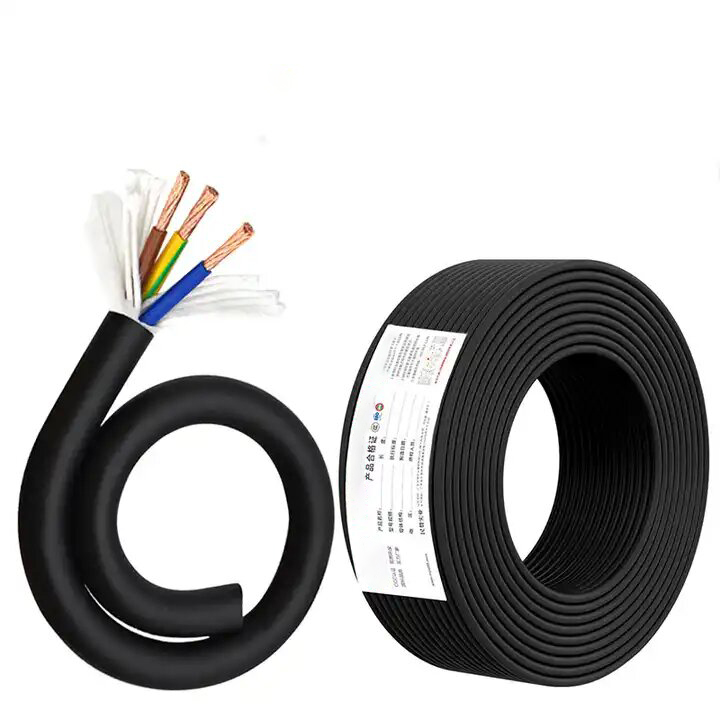
6. Conclusion
In conclusion, shielded cables play a crucial role in maintaining the integrity and reliability of electrical systems. By protecting against EMI, these cables ensure uninterrupted transmission of power and signals, minimizing downtime and equipment failures. Understanding the purpose and significance of shielded cables enables engineers and technicians to make informed decisions while designing and implementing electrical systems.
Summary
Shielded cables serve the essential function of protecting electrical signals and power transmission from electromagnetic interference (EMI). These cables employ various shielding techniques, including foil, braided, and serve shields, to safeguard against external disturbances. Shielded cables find extensive applications in industries like industrial automation, data communication, medical equipment, and telecommunications. Design considerations, such as proper choice of shielding material and cable geometry, play a significant role in optimizing performance. Overall, shielded cables are vital components that ensure reliable and efficient functioning of electrical systems in the presence of EMI.
https://zn-bio.com ;https://www.zwintelligent.com


